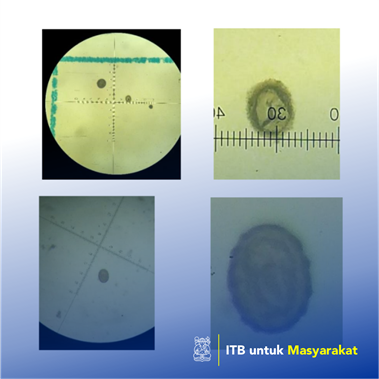

Barti Setiani Muntalif
Minister of Health Republic of Indonesia Regulation number 15 year 2017 concerning Helminthiasis Prevention article 4 stated that one of the strategies in dealing with helmiths is to encourage the parasitic helminth prevention program to be included in the plan to improve water quality and to coordinate with the ministry responsible for providing clean water facilities. The results showed that helminth eggs were found in irrigation water sources, agricultural land, WWTP sludge and compost from WWTP sludge processing. The difficulty in the method of environmental sampling and analysis of helminth eggs is one of the problems that hinders the application of the helminth egg parameter to be one of the parameters that must be analyzed in determining water quality. In fact, water quality institutions or laboratories in Indonesia should be able to carry out testing, analysis, and counting the number of helminth eggs in environmental samples. This encourages us to share the results of the research and the selected methodology we use in the identification and analysis of worm eggs from environmental samples that have hardly been worked on in Indonesia in the last 10-15 years.
Penerapan Karya Tulis
The results of our research regarding the presence of helminth eggs in water, soil, sludge, and plants around Metropolitan Bandung, show that parasitic helminths are still widely available in the environment and have a high risk of entering the human body (Firdayati et al, 2017). Helminthiasis is a contagious disease that has spread in most parts of Indonesia and resulting in decreased health, nutrition, intelligence and productivity.